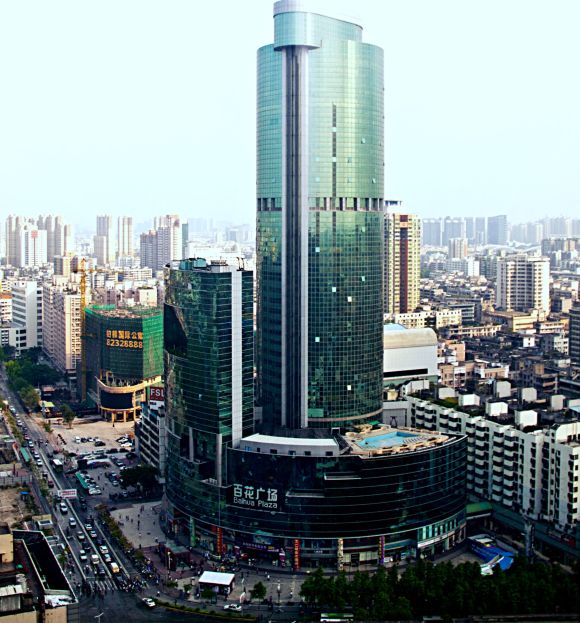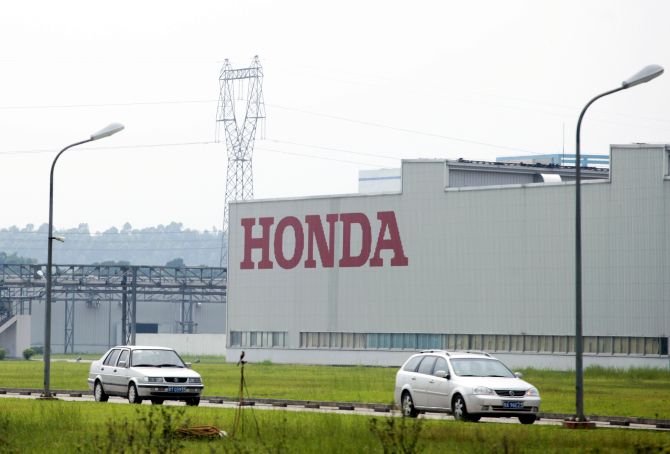
Few people outside of China know Foshan, a city of seven million located at the heart of the Pearl River Delta in southern China.
But this vibrant and economically progressive city - which Foreign Policy and the McKinsey Global Institute ranked last year as the world's 13th most dynamic city, based on its projected GDP increase from 2010 to 2025 - embodies China's quest for a high-value-added, high-income economy.
With this in mind, about 18 months ago, a team of researchers, including us, launched a case study on Foshan.
The city stood out, because its experience exemplifies China's progress over the last 35 years - as well as the structural challenges that the country now faces.
One of the first Chinese cities to implement experimental economic reforms, Foshan first built itself up as a low-cost manufacturing centre, and is now working to become a knowledge-based, innovation-driven economic powerhouse.
…

The case study's success depended on critical partnerships. A team of 24 researchers from the National Development and Reform Commission shared their extensive knowledge of China's experiences and policies.
And local experts facilitated the examination of 14 aspects of Foshan's growth over the last 35 years: industry, land, transport, electricity, water, finance, employment, governance, planning, public finance, education, housing, health care and pensions.
This micro-institutional study of macro outcomes produced four surprises.
The first was Foshan's economic performance. The city's per capita GDP reached $14,828 in 2012 - higher than Shanghai or Beijing, and well within the World Bank's "high income" category.
Real estate value per capita reached almost $50,000 in 2010 - more than four times per capita GDP that year - owing largely to soaring property prices.
And Foshan's urbanisation rate, supported by high-quality infrastructure and an advanced industrial sector, reached 94 per cent.
…

Of course, Foshan is not the only such success story in China. Of 287 Chinese cities, 17 have populations of more than three million, with per capita GDP exceeding $12,000.
Together, these cities account for 11 per cent of China's total population and 30 per cent of its GDP. While all of them hold important lessons for China as it attempts to avoid the middle-income trap, Foshan's experience offers particularly useful insights.
This is because of the second surprise: beyond slightly easier access to international markets - a result of its proximity to Hong Kong and history of municipal-level reform - Foshan's success does not depend on some unique advantage.
Thus, the main components of Foshan's escape from poverty can be replicated in other Chinese cities.
…

Main components of Foshan's prosperity include:
…

The third surprise was why only Foshan took these six steps. The city's mayor, Liu Yuelun, explained that Foshan "had to rely on the market to get the people, capital, resources, infrastructure, technology, and sales for its growth."
After all, Foshan is not a special economic zone; it is not under the direct control of the central or a provincial government; and it is not rich in natural resources. In other words, the market - not the state - played a key role in resource allocation.
The final surprise was that the key economic challenges facing Foshan - local government debt, credit access for small and medium-size enterprises, and pollution - are identical to those facing China as a whole.
In 2012, Foshan's debt service costs - financed, as in other Chinese cities, largely through extra-budgetary land sales - amounted to 47 per cent of its fiscal revenue.
But Foshan is in a reasonably strong position to manage its local government debt, because its fixed capital investments since 2004 have amounted to roughly 30 per cent of GDP, compared to 70 per cent for some other local governments.
…

The problem of credit access for local SMEs will be more difficult to resolve. As it stands, local SMEs are forced to pay shadow-banking interest rates exceeding 20 per cent, which retard their growth and limit their ability to innovate and create jobs.
This suggests that macroeconomic policies, though necessary, are insufficient without parallel institutional reforms in planning, regulation, and bankruptcy procedures to enforce credit discipline for all borrowers, regardless of whether they are in the private sector or state-owned.
On pollution, the obvious prescription is for Foshan to move to cleaner industries. But, unless nearby cities do the same, such efforts will have minimal impact.
A more effective approach would entail collective action to improve standards, expand public education, promote innovation in science and technology, and enforce rules more effectively.
These four surprises highlight the need for China to move beyond mainstream economics, which emphasises top-down macro policies, at the expense of the micro, institutional and municipal-level reforms. But it is precisely such reforms that will determine whether China reaches the next stage of development.
The writers are at the Fung Global Institute, Hong Kong.
Project Syndicate, 2013